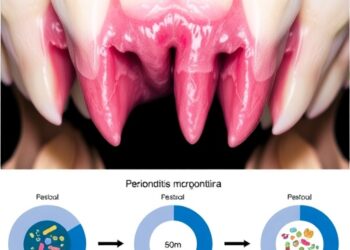Cultivating creativity in schools is vital for a future driven by artificial intelligence (AI). But while teachers embrace creativity as an essential 21st century skill, a lack of valid and reliable creativity tests means schools struggle to assess student achievement.
Cultivating creativity in schools is vital for a future driven by artificial intelligence (AI). But while teachers embrace creativity as an essential 21st century skill, a lack of valid and reliable creativity tests means schools struggle to assess student achievement.
Now, a new machine-learning model developed by the University of South Australia is providing teachers with access to high-quality, fit-for-purpose creativity tests, that can score assessments in a fraction of the time and a fraction of the cost.
Applied to the current empirical creativity test – Test of Creative Thinking – Drawing Production (TCT-DP) – the new algorithm marks a test in a single millisecond, as opposed to the standard 15-minute human-marked test.
The development could save teachers thousands of hours in an already overloaded schedule.
Lead researcher, UniSA’s Prof David Cropley says the algorithm presents a game changing innovation for schools.
“Creativity is an essential skill for the next generation, particularly because it is a skill that cannot be automated,” Prof Cropley says.
“But because there is a lack of affordable and efficient tools to measure creativity in schools, students are either not being tested, or are being graded subjectively, which is inconsistent and unreliable.
“The TCT-DP test has long been acknowledged as the premier tool to assess creativity in school aged children, but as it is expensive, slow, and labour-intensive, it’s out of reach for most schools.
“Our algorithm changes this. Not only is the cost of running the algorithm reduced by a factor of more than 20, but the results are fast and incredibly accurate.
“For example, a manually scored test for a school with 1000 students would cost approximately $25,000 and require about 10-weeks to receive test results; with UniSA’s algorithm, the same testing could be conducted for approximately $1000 with results delivered in 1-2 days.
“This puts the test within direct reach of schools and teachers, giving them the means to assess creativity accurately and cheaply.”
Co-researcher, UniSA’s Dr Rebecca Marrone says the capacity to test and measure creativity has additional benefits for students who are sometimes overlooked.
“Testing for creativity opens up an avenue beyond more traditional intelligence testing,” Dr Marrone says.
“Testing for creativity helps identify students who may have abilities that do not show up on traditional approaches to testing in school. For example, a child who does poorly on traditional IQ tests, but is highly creative, could easily slip through the cracks.
“Developing creativity also protects children on the lower end of the achievement spectrum by training them in a skill that is not vulnerable to automation, which can help buffer them against the effects of digital transformation.”
The algorithm is currently being developed as a desktop app for teachers to use in the classroom. Ahead of this, classroom teachers interested in using the TCT-DP are invited to contact the UniSA team to discuss their needs.
Notes to editors:
The full article can be accessed her: Cropley, D. H., Theurer, C., Mathijssen, A. C. S., & Marrone, R. L. (2024). Fit-For-Purpose Creativity Assessment: Automatic Scoring of the Test of Creative Thinking – Drawing Production (TCT-DP). Creativity Research Journal, 1–16.
………………………………………………………………………………………………………………………….
Media contact: Annabel Mansfield E: Annabel.Mansfield@unisa.edu.au M: +61 479 182 489
Researchers contacts: Prof David Cropley E: David.Cropley@unisa.edu.au
Dr Rebecca Marrone E: Rebecca.Marrone@unisa.edu.au
Journal
Creativity Research Journal
Method of Research
Computational simulation/modeling
Subject of Research
Not applicable
Article Title
Fit-For-Purpose Creativity Assessment: Automatic Scoring of the Test of Creative Thinking – Drawing Production (TCT-DP)
Article Publication Date
11-Apr-2024
COI Statement
No potential conflict of interest was reported by the author(s).




